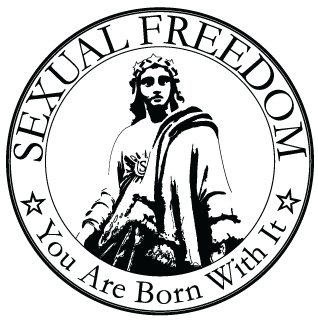PFLAG
-
The Trevor Project was founded in 1998 by the creators of the film “Trevor“: James Lecense, Peggy Rajeskim and Randy Stone. The Academy Award-winning film is about a young boy dealing with being bullied while undergoing self-discovery about his sexual identity. The three creators soon found out that there was little (if any) support for Lesbian, Gay,…
